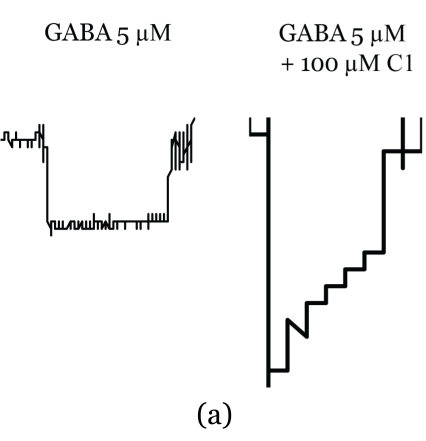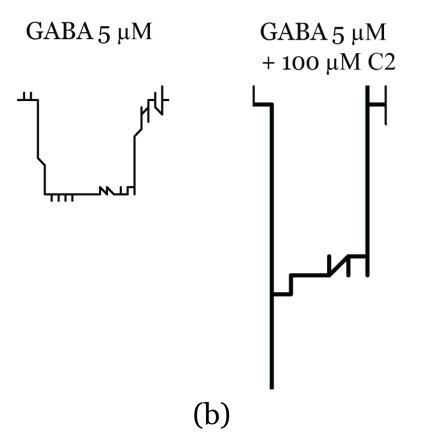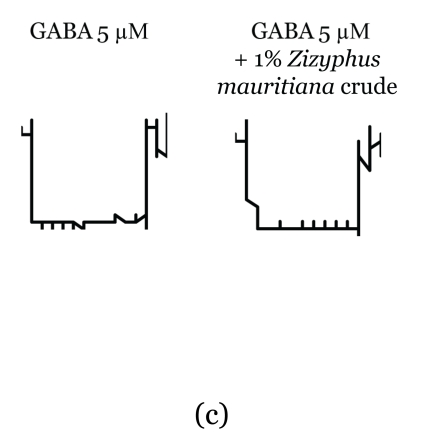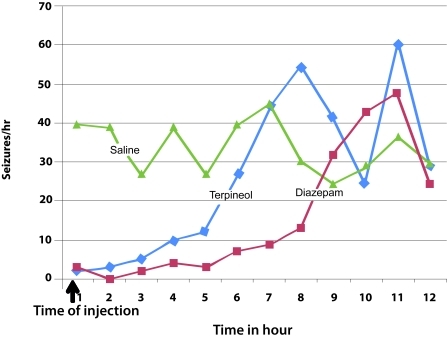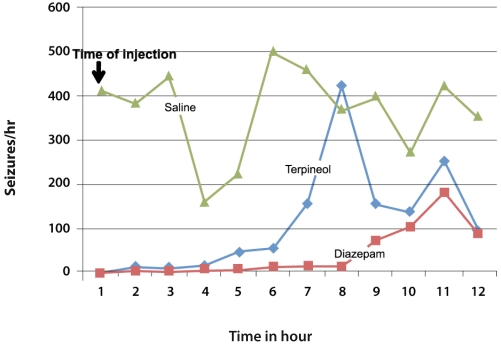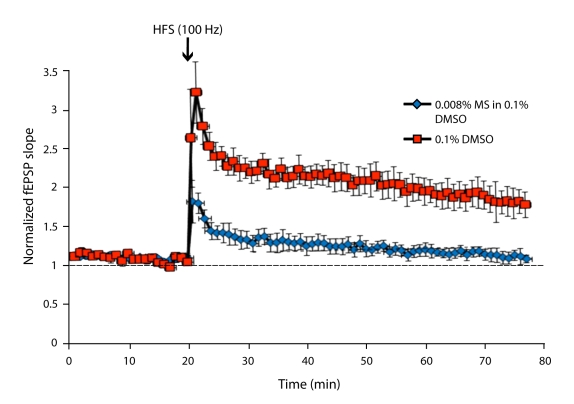Abstract
There have been numerous non-scientific reports on the behavioural effects of Asian plants in humans who consumed these plants wholly or part thereof. Knowledge passed from generation to generation informs us of plants that increase effort and stamina, such as during paddy planting after the ingestion of Mitragyna speciosa Korth (ketum) as a tea supplement. Centella asiatica and Myristica fragrans are used as herbs to improve memory and to treat epilepsy, respectively. Zizyphus mauritiana is used to treat headache and burn pain, acts as an antitussive, and reduces rigor mortis immediately after death. These plants, which have been identified to exhibit analgaesic, muscle-relaxing, and nootropic effects, may contain important bio-compounds for medicinal chemistry and pharmaceutical research in Malaysia. The electrophysiology properties of these plants and their effects on epilepsy, behaviour, and pain will lead Malaysia to future new drug discoveries.
Keywords: behaviour, electrophysiology, GABA, long-term potentiation, medicinal chemistry, neurosciences, plants
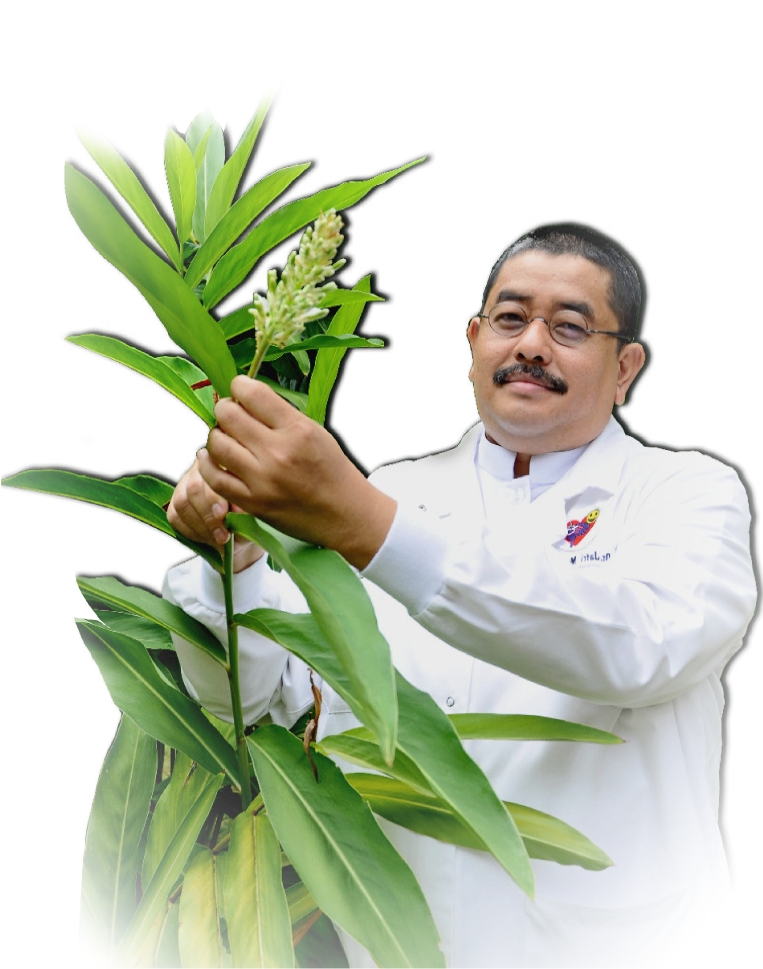
Many Asian plants touted to be useful in the treatment of psychological disorders have been identified to possess psychoactivity properties. A psychoactive plant is one that has phytochemical compound(s) that affect the central nervous system, producing changes in mental activity and/or behaviour (1). These herbal remedies may produce changes in mood and behaviour as well as decrease epileptic attacks. Currently, a fourth of the world’s pharmaceutical drugs contain phytochemicals directly extracted from higher plants, or their derivates (2). The electrophysiological properties of 4 plants, namely Centella asiatica (pegaga) and its compound (asiatic acid), Zizyphus mauritiana (bidara) and its crude extracts, Myristica fragrans (Malaysian nutmeg) and its extracts, and Mitragyna speciosa Korth (ketum) and its crude extracts, have been studied to look at their in vivo and in vitro effects.
Asiatic acid from the Malaysian C. asiatica, at 0.125 μg, was shown to inhibit acetylcholinesterase enzyme. Asiatic acid also produced a depressant effect to the synaptic activity in extracellular recording experiments. The major effects of asiatic acid were the dose- and time-dependent increases in the intensity and duration of gamma-aminobutyric acid (GABA)A blocker–mediated inhibition compared with GABAB blocker, which showed no response. This depressant effect was not reversible after a 30-minute washout of the asiatic acid in the recording chamber when exposed to known GABA antagonist bicuculine or phaclofen. These findings were consistent with asiatic acid acting selectively on the GABAB receptor, which is metabotropic, and not on the GABAA receptor. The impairment of excitatory synaptic transmission at the Schaffer collateral–CA1 synapse by asiatic acid indicated that this effect was caused by its direct or indirect action on GABAergic receptors. Asiatic acid’s interaction with specific GABAB receptors leads to the receptors’ opening that effected the outflow of potassium ions from the neuronal cell and, subsequently, the hyperpolarisation of the neuronal cell, resulting in the decreased excitatory post-synaptic potential (EPSP) within time. The half maximal inhibitory concentration (IC50) of asiatic acid derived from C. asiatica was 14 μM(3).
From the dose-dependent inhibitory effects of asiatic acid, the concentration response current were fitted, and further examination of the inhibitory effect of asiatic acid on the field EPSPs (fEPSPs) evoked in the CA1 subregion was performed. Asiatic acid decreased fEPSPs in a dose-dependent manner, with an IC50 of approximately 14 μM(3).
The effects of asiatic acid on active and passive behaviour indicated that it could contribute to better performances in learning and memory via an inhibitory GABAergic effect through GABAB receptor (4).
The essential oil of M. fragrans was tested in Xenopus oocytes that were injected with GABAA receptor comprising of 2α1, 2β2, and γ2s subunits by using automated fast perfusion system during 2-microelectrode voltage-clamp measurement (5). At 1.0% essential oil and 5 uM GABA, the percentage of current stimulation was more than 100%. Two compounds from M. fragrans, X1000a and X1000b, also exhibited a significant increase in current flow at 100 uM (Figure 1a and 1b) (6). These findings showed that the compounds acted at the GABAA receptor as positive modulators or agonists. The compounds also showed interesting antiepileptic effects, as observed in the improvement of the number and the type of seizures in rats monitored with intracranial implants using video wireless telemetry methods (Figures 2 and 3) (6).
Figure 1:
Representative current traces recorded from oocyte expressing GABAA receptors composed of α1, β2 and γ2 subunits at 100 μM concentrations of X1000a and X1000b. The figure shows the difference of the GABA current stimulation 5 μM GABA and in the presence of (a) 100 μM X1000a, (b) 100 μM X1000b, or (c) 1% Z. mauritiana root crude extract.
Figure 2:
Antiepileptic effects of X1000a (50 mg/kg) on GAERS rat in comparison with diazepam (positive control) and normal saline (negative control).
Figure 3:
Antiepileptic effects of X1000b (50 mg/kg) on GAERS rat in comparison with diazepam (positive control) and saline as (negative control).
Another similar experiment using Z. mauritania did not show the potential to generate GABA current even for a small percentage (Figure 1c). The mechanism of action of Z. mauritania in pain reduction was unlikely via the GABA pathway, dissimilar to the M. fragrans experimental findings (6).
Our experiments with the standardised crude extracts of M. speciosa Korth demonstrated that, in the rat hippocampal slices, superfusion of extracts brought about a long-lasting reduction of neurotransmission at the synapses connecting the Schaffer collateral–commissural fibres with CAl hippocampal pyramidal cells. Normalised fEPSP responses from groups treated with 0.0001%, 0.001%, 0.005%, and 0.01% extracts showed irreversible decreases of the fEPSP amplitude for approximately 40 minutes. In order to determine the recovery from the inhibitory effect exerted by M. speciosa, the peak amplitude was measured during 20-minute washout. The drug-induced inhibition of the peak amplitude was irreversible during this period (7).
The M. speciosa crude extract showed inhibitory and excitatory effects concurrently. This trend is because many compounds are present in the crude extract, all of which have various effects (8); specific compounds eliciting the observed effects could not be differentiated. From the trend, we can also postulate that the response showed continuously decreasing pattern due to the irreversible action of the compounds available. The two highest concentrations of M. speciosa (0.05% and 0.1%) showed consistently decreasing patterns from the beginning of the experiment, especially at 0.1% in which a drastic decrease was observed. The high concentration of biocompounds is believed to have contributed to this irreversible effect.
The highest dose of M. speciosa Korth standardised methanol extract was necessary for the learning acquisition study using Sprague Dawley rats. However, when administered acutely (single dose), no consolidation occurred, which leads to the failure of information retrieval (memory impairment) in both inhibitory avoidance tasks (one-way passive avoidance and two-way active avoidance tests) without any acute pathological effects to the brain (Figure 4) (9).
Figure 4:
Long-term potentiation (LTP) experiment indicating stable baseline responses were recorded in hippocampal area CA1 of slices from both groups for 20 min. LTP-inducing high frequency stimulation (HFS) consisted of one train of HFS (100 pulses at 100 Hz). Perfusion with vehicle (0.1% dimethyl sulfoxide, DMSO) resulted in rapid and long-lasting potentiation. The group treated with 0.008% M. speciosa Korth standardised methanol extract dissolved in 0.1 % DMSO showed inhibition of the induced long-term potentiation, a short-term potentiation. The initial slope of the field excitatory post-synaptic potential (fEPSP) has been normalised to the average baseline value during the perfusion. The points represent means, and the error bars represent SEM (n = 6, respectively).
Across the concentration of M. speciosa Korth standardised methanol extract tested in this experiment, the fEPSPs appeared to decrease over time; this effect was irreversible. The IC50 of 0.008% extract showed short-term potentiation (STP) response in rat CA1 hippocampus neurons. The induction of STP resulted in less Ca2+ influx into post-synaptic cell and triggered lower threshold compared with the long-term potentiation. STP is dependent to N-methyl-D-aspartate receptor, which is required in learning the process.
The multitude of electrophysiological findings from standardised crude extracts or identified plant compounds will eventually help the pharmaceutical industries of Malaysia to decide, after screening, which plants and their compounds are the future drug candidates that can act on the central and peripheral nervous systems.
Acknowledgements
I would like to acknowledge the contributions of Professor Dr Gerhard Rammes of the Max Planck Institute of Psychiatry and the Department of Anaesthesiology, Technical University, Klinikum Rechts der Isar, Munich, Germany; Professor Dr Stefann Hering of the Institute of Pharmacology and Toxicology, University of Vienna, Austria; Hans Reiner Polder of NPI Electronic GmbH, Tamm, Germany; and the Deutscher Akademischer Austausch Dienst–Universiti Sains Malaysia Electrophysiology Summer School 2009 headed by Professor Dr Michael Horner of the Georg-August University, Gottingen. The electrophysiology experiments and animal behaviour and epilepsy studies were done in part under my supervision of these Master students in Neurosciences, Universiti Sains Malaysia: Harizal Senik on M. speciosa Korth, Nasir Mat Noor on C. asiatica, Ahmad Tarmizi Che Has on Z. mauritiana as well as on M. fragrans, and post-doctoral fellow Dr M Rafiqul Islam, who worked on the effects of these compounds on epileptic rat models. I also would like to thank my other investigators Professor Dr Sharif Mahsufi Mansor of the Centre for Drug Research, Universiti Sains Malaysia; Associate Professor Dr Hasnah Osman of the School of Chemical Sciences, Universiti Sains Malaysia; and Dr Habsah Mohamad of the Institute of Marine Biotechnology, Universiti Malaysia Terengganu, who had equal contributions to this research.
References
- 1.Rita S. Psychoactive medicinal plants: Hallucinogenic and narcotic drugs. New Delhi (IN): Global Vision Publishing House; 2006. [Google Scholar]
- 2.Wijeweera P, Arnason JT, Koszycki D, Merali Z. Evaluation of anxiolytic properties of Gotukola – (Centella asiatica) extracts and asiaticoside in rat behavioral models. Phytomedicine. 2006;13(9–10):668–676. doi: 10.1016/j.phymed.2006.01.011. [DOI] [PubMed] [Google Scholar]
- 3.Nasir MN. The effects of Centella asiatica on the psychoactivity of the rat hippocampus: in vivo and in vitro study [master’s thesis] Kelantan (MY): Universiti Sains Malaysia; 2011. [Google Scholar]
- 4.Nasir MN, Habsah M, Zamzuri I, Rammes G, Hasnan J, Abdullah J. Effects of asiatic acid on passive and active avoidance task in male Sprague-Dawley rats. J Ethnopharmacol. 2011;24;134(2):203–209. doi: 10.1016/j.jep.2010.12.010. [DOI] [PubMed] [Google Scholar]
- 5.Baburin I, Beyl S, Hering S. Automated fast perfusion of Xenopus oocytes for drug screening. Pflugers Arch. 2006;453(1):117–123. doi: 10.1007/s00424-006-0125-y. [DOI] [PMC free article] [PubMed] [Google Scholar]
- 6.Ahmad Tarmizi CH. Kelantan (MY): Universiti Sains Malaysia; 2011. The inhibitory effects of Zizyphus mauritiana and Myristica fragrans on GABA (A) receptors (α1β2γ2): An in vitro study [master’s thesis] [Google Scholar]
- 7.Harizal S. Behaviour pharmacology of Mitragyna speciosa Korth standardized methanol extract in an animal model [master’s thesis] Kelantan (MY): Universiti Sains Malaysia; 2011. [Google Scholar]
- 8.Matsumoto K, Yamamoto LT, Watanabe K, Yano S, Shan J, Pang PK, et al. Inhibitory effect of mitragynine, an analgesic alkaloid from Thai herbal medicine on neurogenic contraction of the vas deferens. Life Sci. 2005;78(2):187–194. doi: 10.1016/j.lfs.2005.04.042. [DOI] [PubMed] [Google Scholar]
- 9.Harizal SN, Mansor SM, Hasnan J, Tharakan JK, Abdullah J. Effects of acute administration of Mitragyna speciosa Korth standardized methanol extract in animal model of learning and memory. J Med Plant Res. Forthcoming. [Google Scholar]



